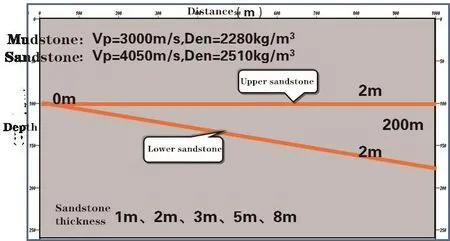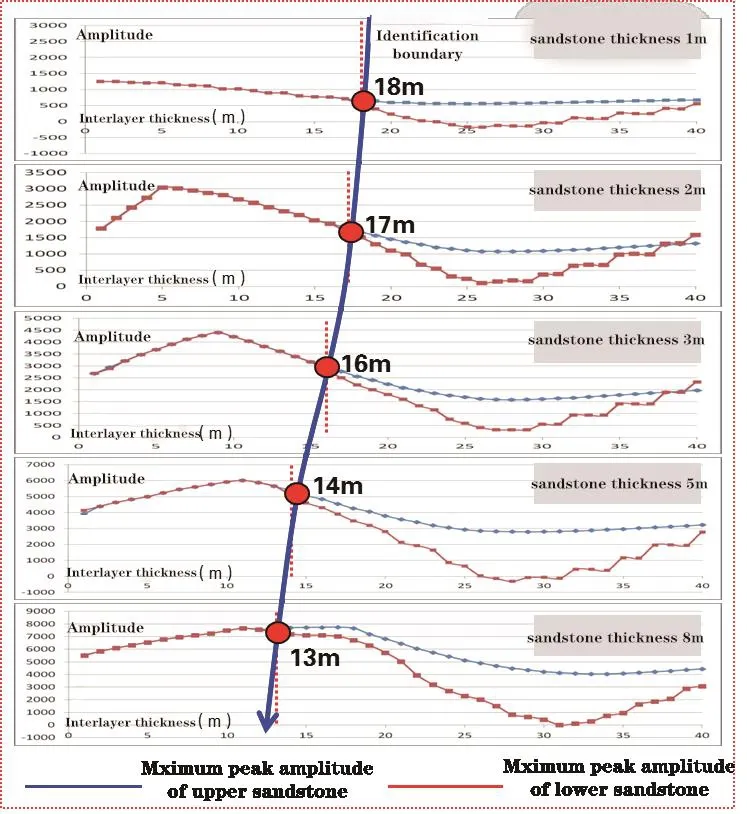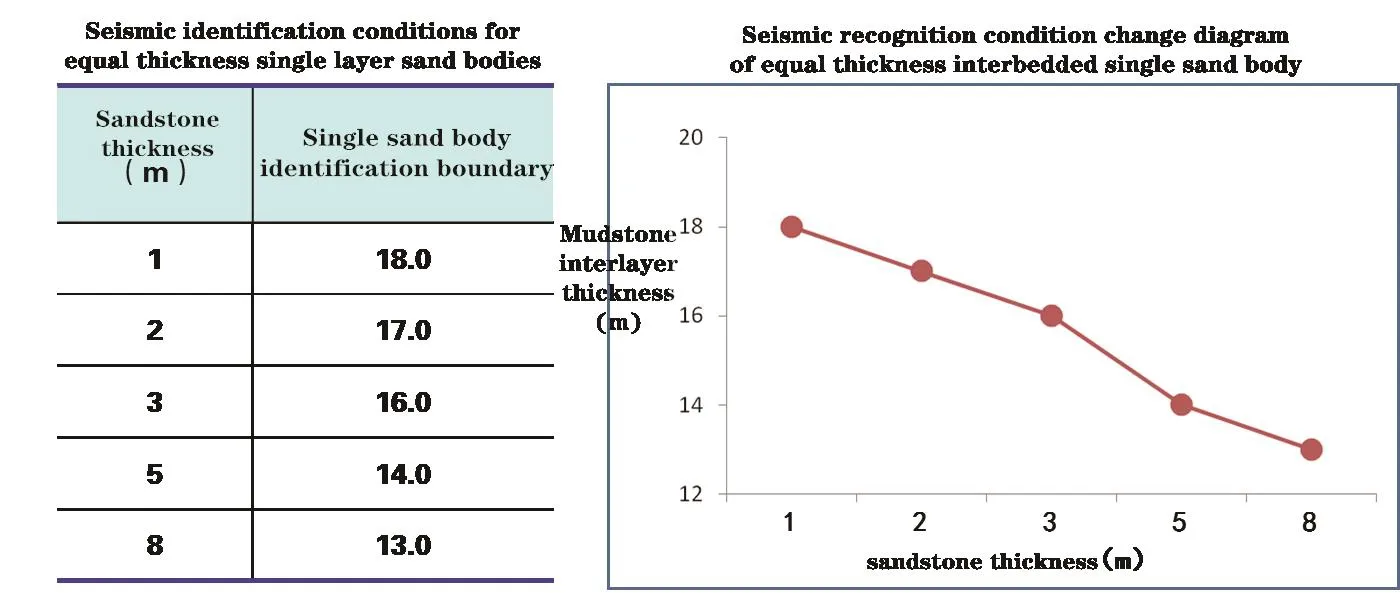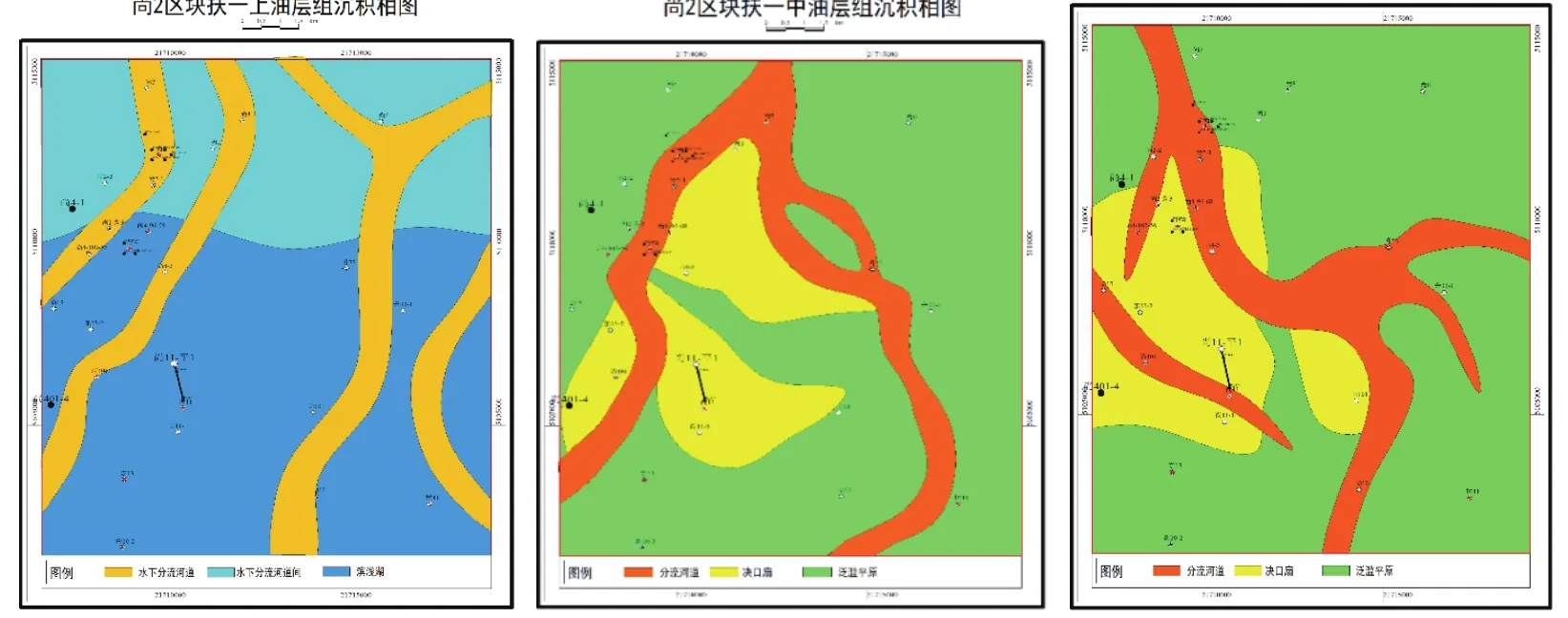Research on Sesmic Attribute Reservoir Prediction Method: Taking the Shang Block 2 of Sanzhao Sag as an Example
XU Qi
[a]NO.10 Oil Production Plant, Daqing Oilfield Co. Ltd., PetroChina,Daqing, China.
Abstract Block 2 is located at the northeastern end of the Sanzhao sag in the Liao Basin.The main oil layer is Fuyang oil layer.There is a problem that the sand body develops rapidly and the reservoir distribution is not clear. In order to solve the problem of modification, this paper uses the seismic attribute technique to analyze the lateral distribution characteristics of the reservoir in the Shang 2 block of the Sanzhao Sag in the study area. On the basis of establishing the forward modeling by ray tracing method, the influence analysis of mudstone interlayer thickness and sand-ground ratio forward analysis are carried out. The analysis results show that the sedimentary environment of the Fuyang oil layer is mainly the sub-facies of the delta diversion plain, which develops the diversion channel, the diversion bay and the mat-like sand microfacies,and the channel is mainly distributed in the eastward direction.
Key words: Songliao Basin; Reservoir prediction;Forward Modeling; Seismic attributes
INTRODUCTION
Located at the northeastern end of the Sanzhao sag in the Songliao Basin,the Shang Block 2 is a nasal structure lying on the north of the Suihua sag and on the west of the Yushulin oil field. The main potential layer is the Fuyang oil layer, which are mainly composed of the delta front subfacies and the delta diversion plain subfacies.Since the Block was put into production, the overall development effect has been good. However, there still exist many problems such as rapid development of sand bodies and unclear distribution of reservoirs. Therefore, in this paper, the well-shock combined reservoir prediction work is carried out for the Shang Block 2 , and the geological characteristics of the study area are recognized.In oil and gas exploration (Hirsche, 1997; Jaradat, 2005),combining logging data and seismic data has become one of the most commonly used and important exploration techniques. With the popularity of 3D seismic technology in the early 1990s, a large number of new seismic attributes have emerged (eg dip, azimuth, coherence,azimuth difference, texture and spectral decomposition properties, etc.). A large number of exploration problems have been solved by the seismic attribute classification and clustering technology, pattern recognition technology,attribute analysis technology based on neural network as well as rapid development and large-scale application of various post-stack seismic inversion techniques,which fully demonstrated the importance of seismic reservoir prediction technology. Thus, in the process of predicting geophysical reservoirs in China, seismic attribute technology is usually used to analyze the lateral distribution characteristics of reservoirs (Liu, 2015), which provides reference for the deployment of well locations.
1. SEISMIC ATTRIBUTE RESERVOIR PREDICTION
In Yushulin oilfield, the reservoir characteristics of Shang Block 2 are characterized by rapid lateral change and large thickness. According to the principle of calculating the well division of Fuyu oil layer, the Fuyu oil layers in this area were divided into FI, FIIand FIIIoil layer groups.This paper has made full use of the seismic wave to coordinate the variation of amplitude and sand content.Moreover, in this paper, the relative spatial variation of seismic properties was applied to explain the spatial distribution of the reservoir.
1.1 Forward Model Design
In the process of seismic attribute analysis, the establishment of forward model becomes a key step.This study uses ray tracing to build a forward model.Although the ray tracing method can not simulate fullwavefield information, it can accurately calculate the earthquake travel time and amplitude value.The ray tracing process is to give a series of initial ray parameter values at the excitation point. According to Snell’s theory,the tracking is performed sequentially, and the two closest rays are selected near the receiving point. Through the interpolation, the initial ray parameter value is adjusted.After many adjustments and modifications, satisfactory results can be obtained.
Due to the influence of the resolution of the collected seismic data, it is impossible to finely engrave the small layer of sandstone when using the seismic attributes to conduct and measure the reservoir.
1.1.1 Analysis of the influence of mudstone interlayerAccording to the velocity and density parameters of the Fuyang oil layer in this area, five double sandstone wedge models with different sandstone thicknesses were designed for forward modeling (Figure 1, Figure 2).

Figure 1 Mudstone compartment model of Block 2

Figure 2 Seismic response characteristics of mudstone interlayer in Shang Block 2
After extracting the amplitude values of each forward model, it was found that as the thickness of the sandstone increased, the thickness limit of the mudstone barrier decreased.( Figure 3)
The equal-thickness interbedded sand body models of 1m, 2m, 3m, 5m and 8m were established. The forward modeling showed that with the increase of sandstone thickness, the seismic identification ability of single sand body was enhanced, and the thickness of the barrier layer was gradually reduced (Figure 4).
When the thickness of the Fuyang oil layer in the Shang Block 2 is about 480m, the average thickness of the mudstone interlayer is 31.2m, and the thickness of the barrier layer required for the 1m thick sandstone is 18m.Therefore, it is considered that the interference between the sandstones in the study area is small and the intensity of seismic reflections can reflect changes in sandstone thickness.

Figure 3 Analysis of sandstone mudstone interlayers with different thicknesses

Figure 4 Variation table of mudstone interlayer in Shang Block 2
1.1.2 Effect of Sand-Land Ratio
Three sandstone models with different overlapping relationships were designed for forward modeling. The forward modeling results showed that under thin interbed conditions, their thickness was positively correlated with seismic amplitude whether sand bodies were regularly stacked or irregularly stacked. Therefore, the amplitude property can be used to predict the sandbody (Figure 5 to Figure 7).

Figure 5 Wedge single sand body forward model

Figure 6 Regular stacked sand body forward model

Figure 7 Irregular stacked sand body forward model
1.2 Qualitative Prediction of Sandstone
To a certain extent, the magnitude of the seismic amplitude can reflect the variation of the sandstone thickness.Therefore, the amplitude attribute can be used to represent the lateral variation distribution of the sand body. For the 15 oil layers from FIto YIII, a qualitative prediction of the amplitude attribute in the sand body is carried out.The following are the sandstone prediction maps of some oil layers in the Shang Block 2 (Figure 8 & 9).From the figures, we can see that the sedimentary environment of the Fuyang oil layer is mainly the sub-facies of the delta diversion plain, which develops the diversion channel, the diversion bay and the mat-like sand microfacies. The river channels are mainly distributed in the northeast.

e 8 Sand stone prediction ma p of FIreservoir group in shang block 2

Figure 9 Sedimentary facies diagram of FI reservoir 1
According to the well results and oil layer data, the comprehensive coincidence rate of seismic sand body prediction is 76.3%, and the comprehensive coincidence rate of sand bodies greater than 3m reaches 80.9%.Therefore, the seismic amplitude property can be used to accurately predict the lateral distribution of the sandstone in the Sang Block 2 of the Sanzhao sag, which can further understand the distribution of the sand body in the research area.
CONCLUSION
• Seismic properties can qualitatively predict the distribution of sandstone.
• Using seismic attributes can accurately predict the lateral distribution of sandstone in the study area.
• The sedimentary environment of the Fuyang oil layer is mainly the subfacies of the delta diversion plain, which develops the diversion channel, the diversion bay and the mat sand microfacies.The river channels are mainly distributed in the northeast..
 Advances in Petroleum Exploration and Development2019年1期
Advances in Petroleum Exploration and Development2019年1期
- Advances in Petroleum Exploration and Development的其它文章
- The Natural Gas Composition is Key in Hydrate Formation
- Performance of Combined Process of Air Flotation- Sedimentation- Biological Contact Oxidation - Membrane Biological Reactor Treating Heavy Oil Wastewater
- Analysis of Wastewater Membrane Pollutants in Joint Station and Research on Biological Control Technology
- Water Content of Sweet Natural Gas: A Simplified Formula-Based Approach
- Study and Application of Diagnosis Curves of Water Channeling Patterns for Horizontal Well in Bottom-Water Heavy Oil Reservoir
- Performance Evaluation of a Biomaterial in an Aqueous-Based Drilling Mud at High Pressure High Temperature
